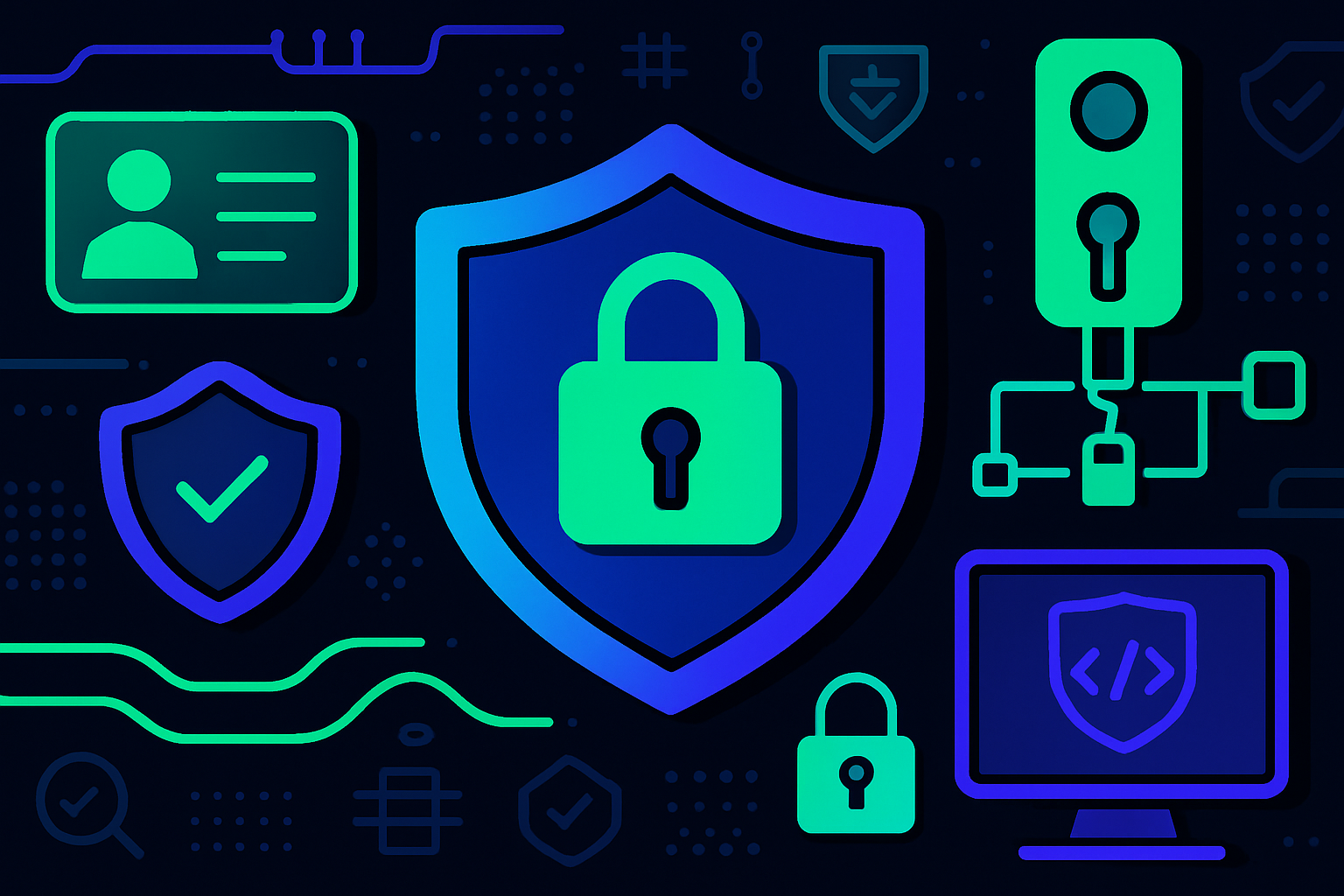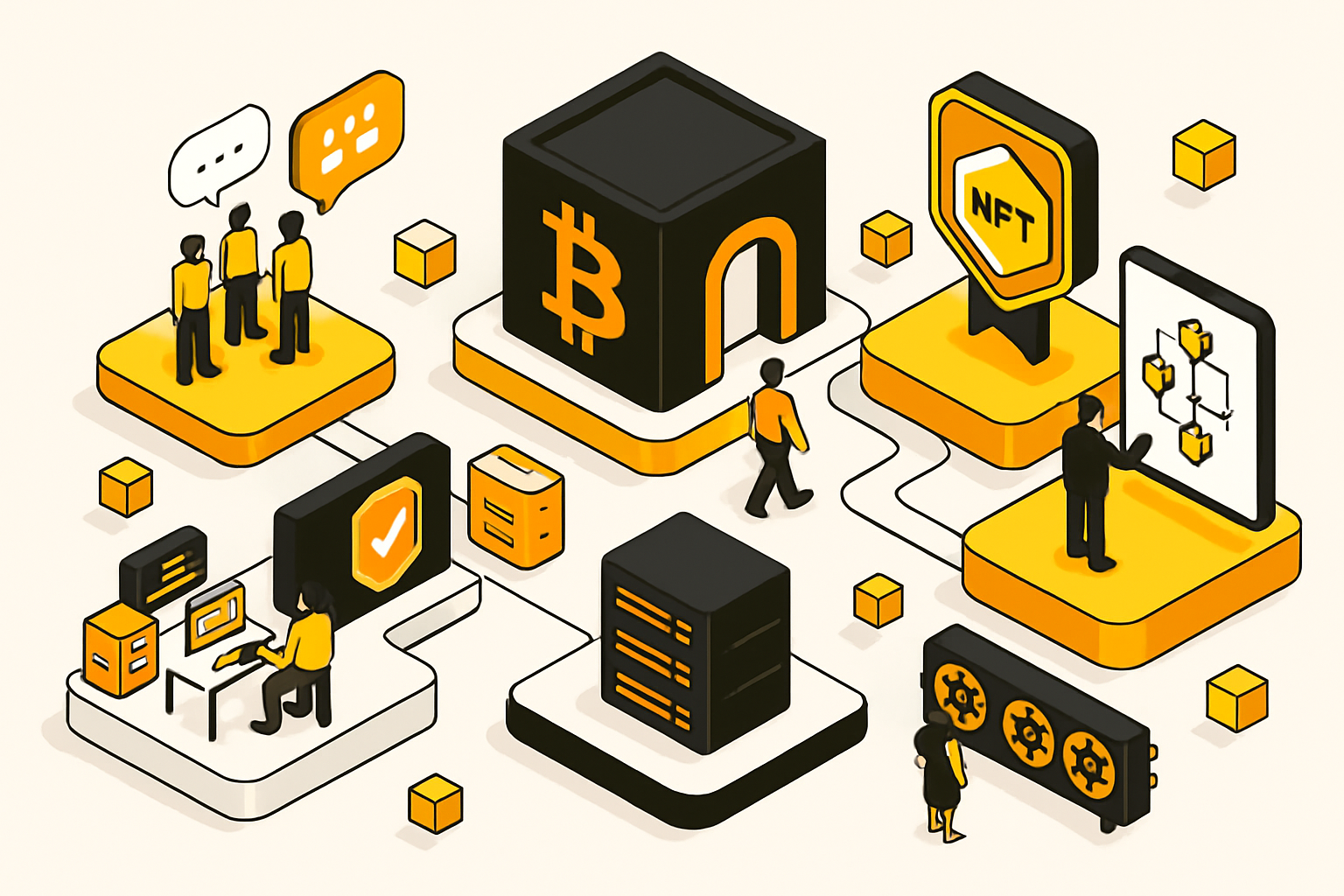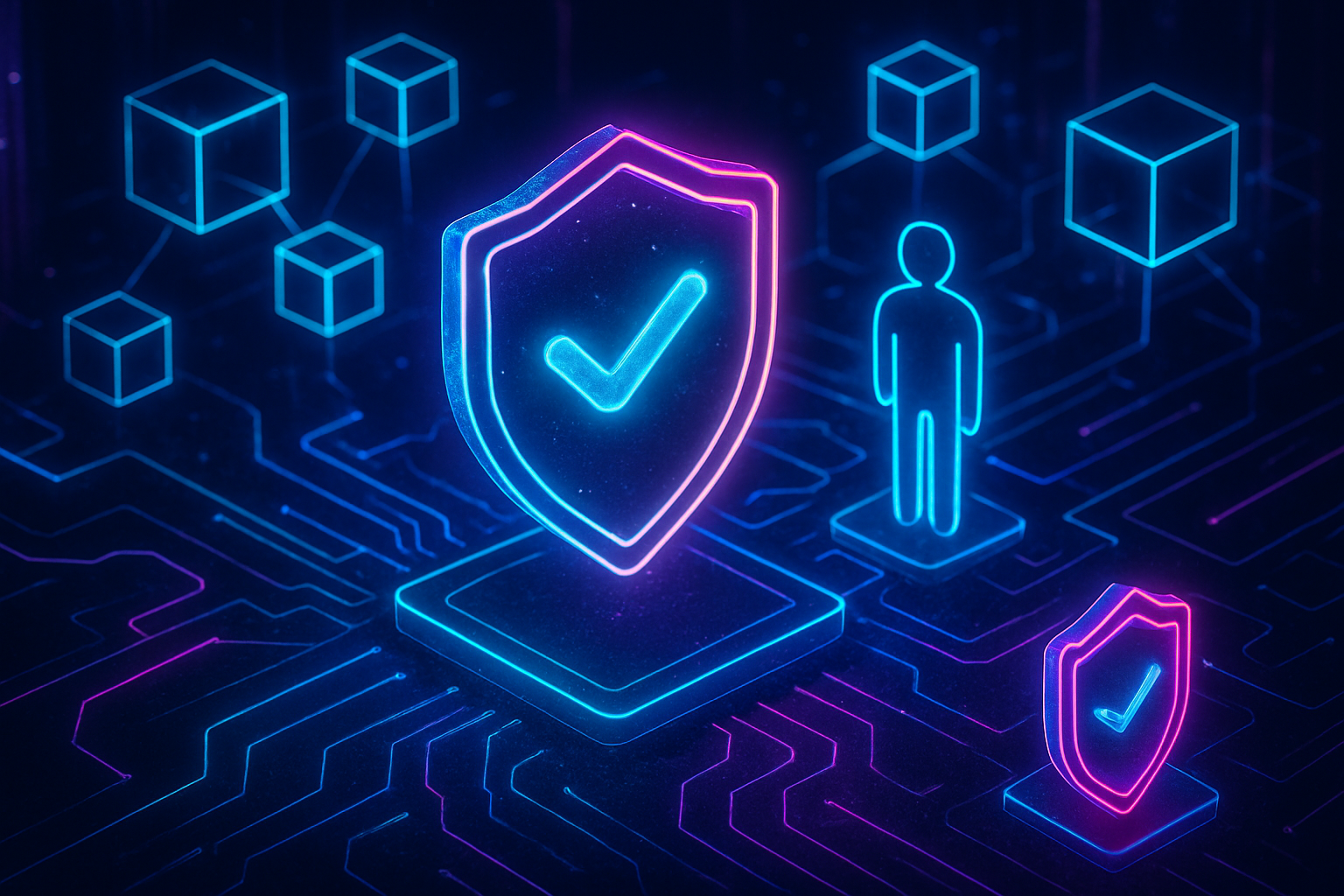
Decentralized Autonomous Organizations (DAOs) are redefining how communities govern, allocate resources, and make collective decisions. At the heart of this evolution are governance NFT badges: on-chain credentials that provide verifiable proof of participation, voting rights, and contribution history. As DAOs scale and diversify, these digital badges are rapidly becoming essential for driving transparency, accountability, and inclusive engagement within Web3 ecosystems.
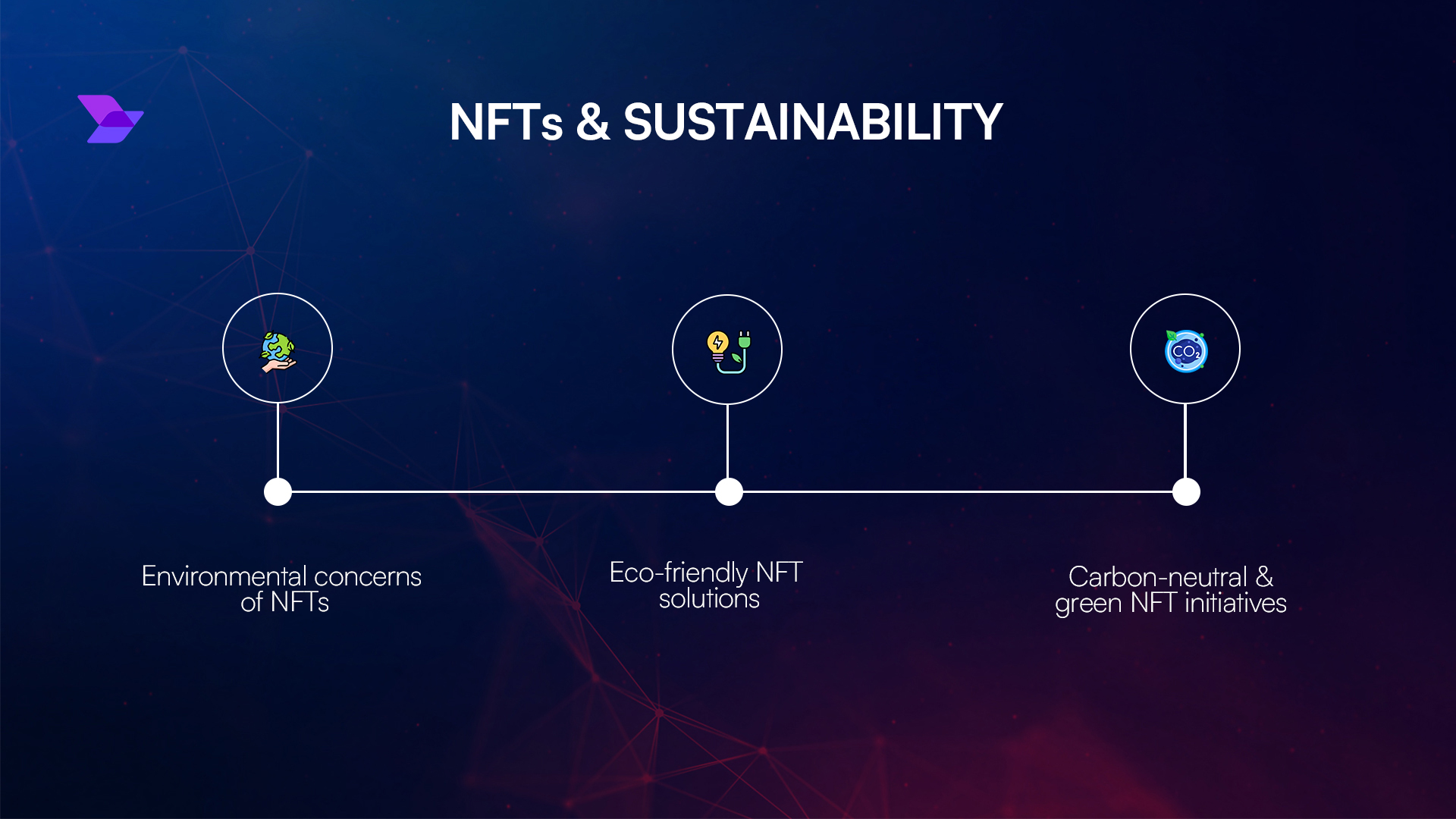
Unique Member Identification: The End of Sybil Attacks
Traditional token-based voting models in DAOs often struggle with issues like duplicate accounts and Sybil attacks. By issuing governance NFT badges tied directly to wallet addresses, DAOs ensure each member is uniquely identifiable. This not only prevents fraudulent participation but also anchors every vote to a verified contributor, bolstering trust across the organization. As detailed in our deep dive on how DAOs use NFT badges to enhance member participation and voting transparency, this approach sharply reduces manipulation risks while making community governance more robust.
Tiered Access and Dynamic Role Assignment
Not all DAO members contribute equally or hold the same responsibilities. Governance NFT badges enable dynamic role management by assigning different badge types based on activity, tenure, or specific contributions. For example, an active developer might earn a ‘Core Contributor’ badge granting them access to technical proposal votes, while a long-term supporter could hold a ‘Veteran Member’ badge with unique privileges.
This system automates access control via smart contracts, streamlining permissions without manual oversight, and builds an incentive structure where recognition is directly tied to verifiable on-chain actions. For organizations seeking flexible yet secure governance frameworks, tiered NFT badges deliver both efficiency and fairness.
Key Benefits of Governance NFT Badges in DAOs
-
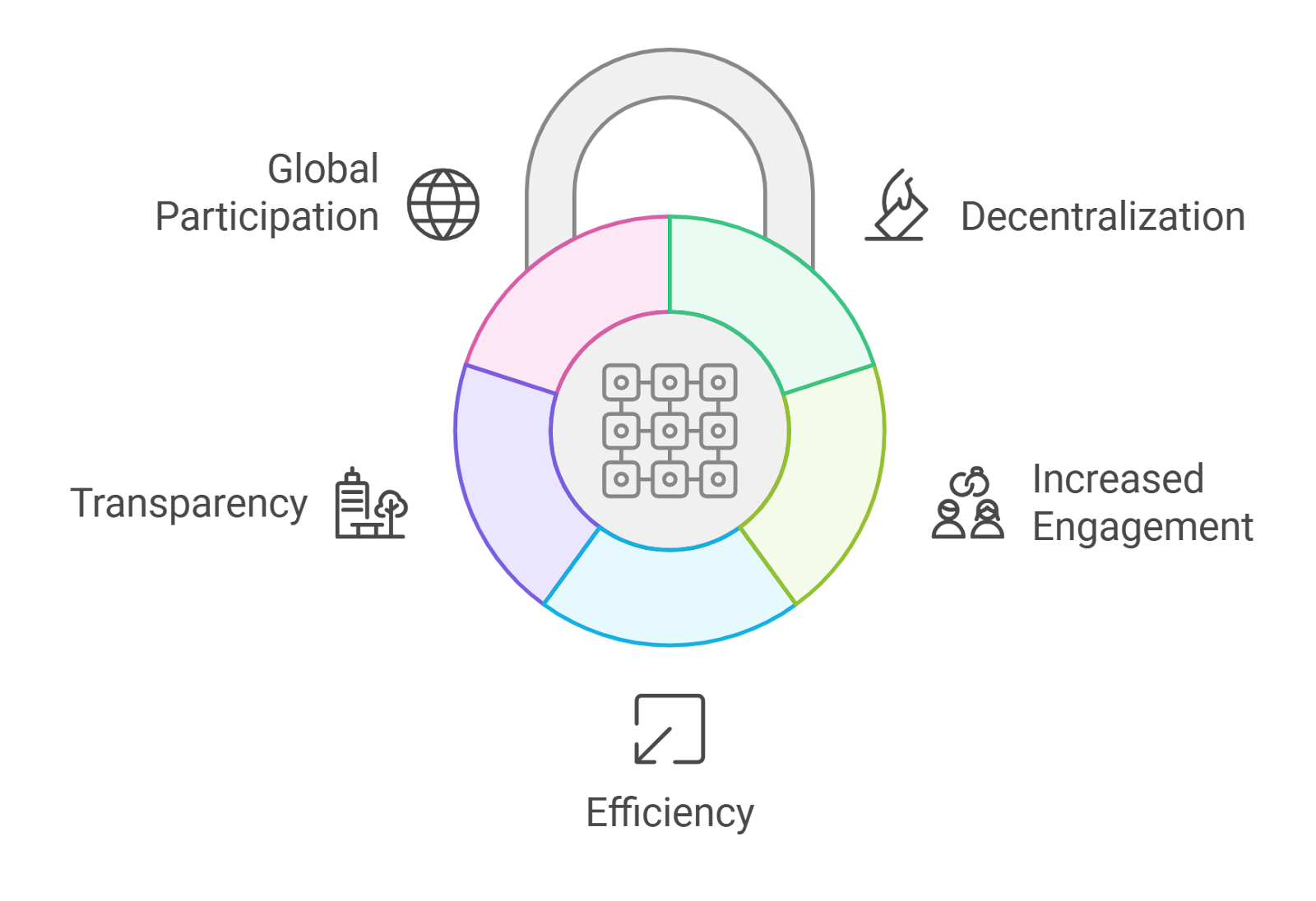
Verifiable Membership & Identity: Governance NFT badges serve as unique digital IDs, ensuring each DAO member is authenticated and uniquely identifiable. This prevents duplicate accounts and sybil attacks, safeguarding the integrity of governance processes.
-

Tiered Access & Dynamic Roles: NFT badges enable automated, role-based access control within DAOs. Members can earn badges such as ‘Contributor’ or ‘Moderator’, unlocking exclusive channels or decision-making rights based on their engagement and contributions.
-
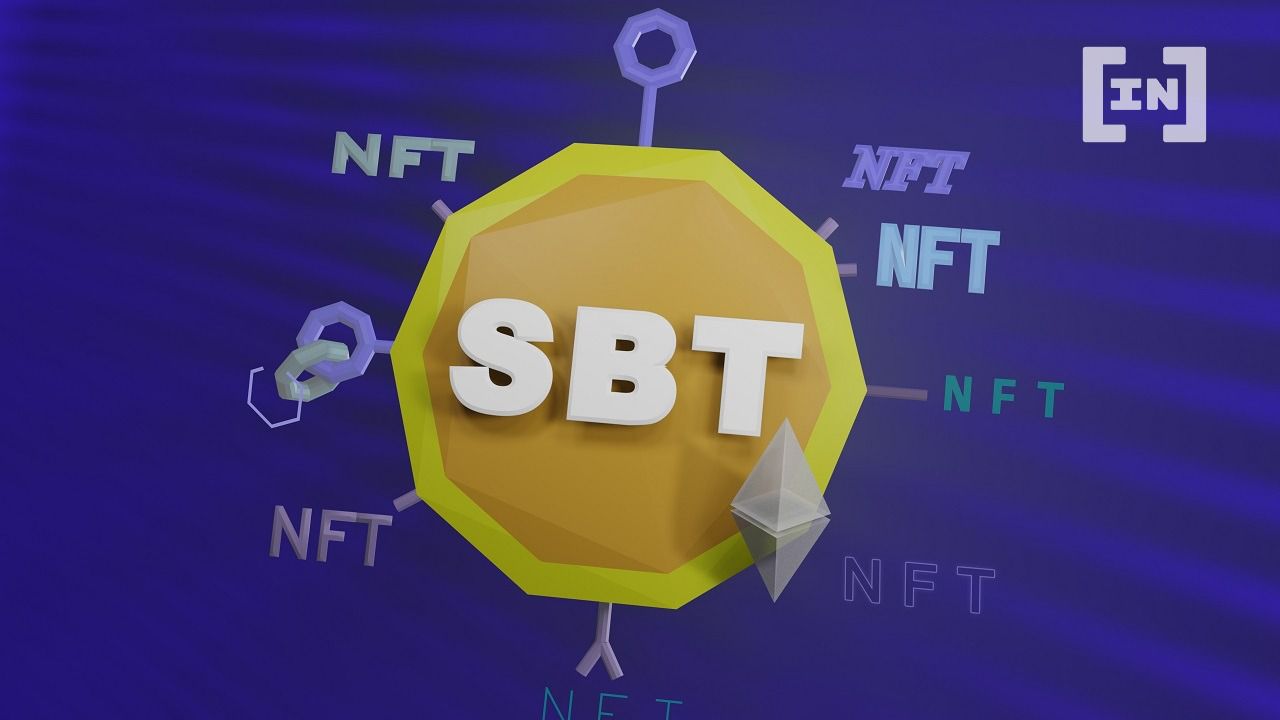
Proof-of-Participation & Reputation: Awarding badges for actions like attending meetings or submitting proposals creates an immutable, on-chain record of involvement. This transparent reputation system motivates active participation and helps DAOs identify dedicated contributors.
-

Transparent & Auditable Voting: Integrating NFT badges with on-chain voting platforms enables clear, auditable, and fair voting mechanisms. Voting rights can be tied to badge ownership or tiers, ensuring decisions reflect real contributions rather than just token holdings.
-
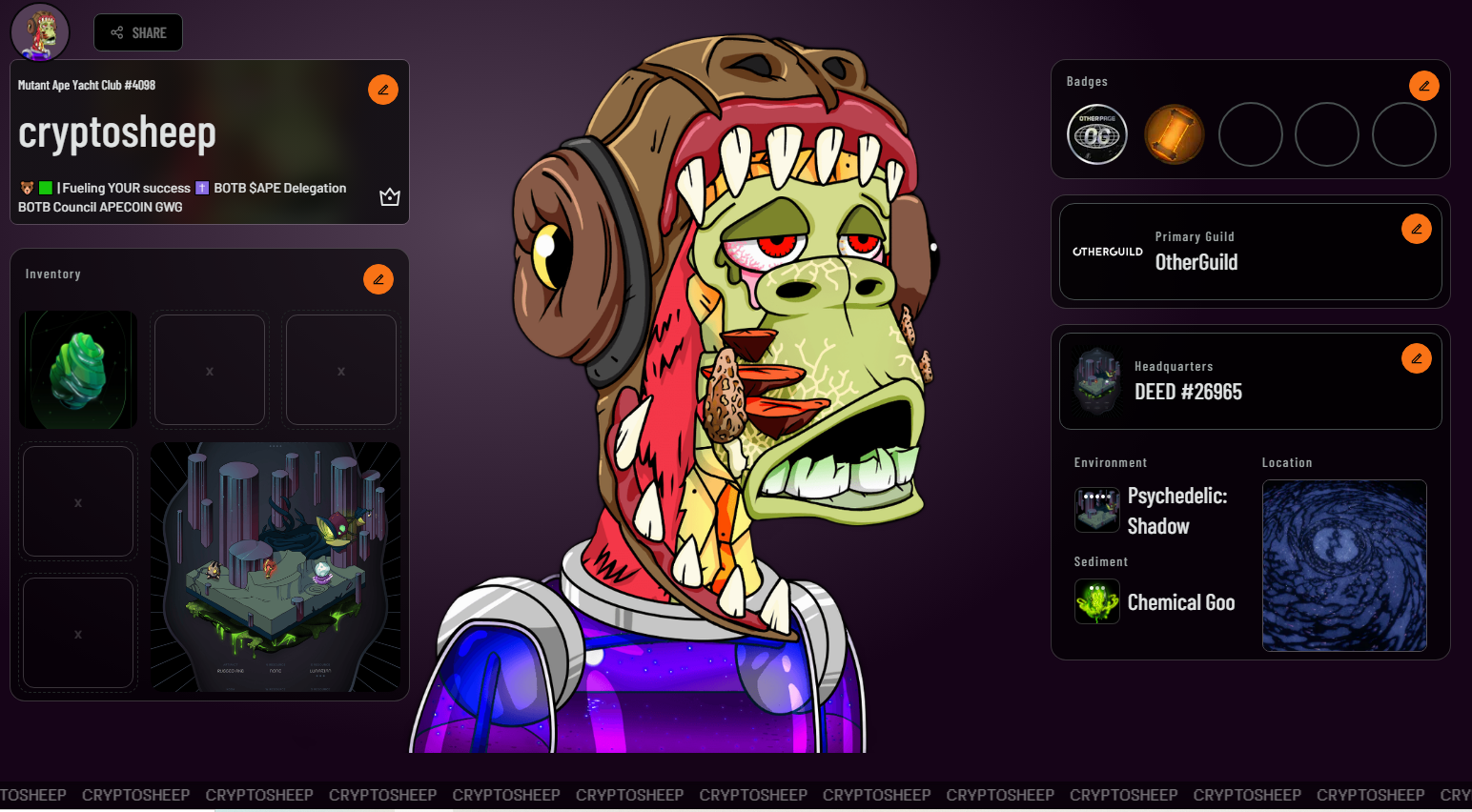
Incentivized Engagement: Linking badges to token rewards, privileges, or exclusive events gamifies participation. Members are motivated to earn badges for both recognition and tangible benefits, boosting community activity.
-

Fundraising & Community Growth: Special edition NFT badges can be offered as incentives in DAO crowdfunding campaigns, attracting early supporters and granting them governance rights, which aligns their interests with the DAO’s long-term success.
Proof-of-Participation: Building Web3 Reputation Systems
One of the most transformative aspects of governance NFT badges is their role in Web3 reputation systems. By awarding badges for concrete actions, submitting proposals, attending meetings, moderating discussions, DAOs create an immutable record of member involvement. Over time these digital credentials form comprehensive reputational profiles visible to all members.
This public recognition motivates deeper engagement; contributors know their work is transparently acknowledged and can unlock future opportunities or rewards. It also helps DAOs identify high-value participants for leadership roles or special initiatives, driving meritocratic growth within decentralized communities.
Transparent Voting With On-Chain Credentials
The integration of governance NFT badges with decentralized voting platforms marks a leap forward for DAO voting transparency. Each badge can represent unique or weighted voting rights depending on its type or issuer-defined parameters. Unlike fungible tokens that may be bought or transferred freely (sometimes undermining democratic intent), NFTs are inherently non-fungible, ensuring that only eligible participants can cast votes.
This structure supports auditable elections where every decision is linked to an identifiable badge holder, and thus verifiable by any community member at any time. To explore practical implementation strategies for these systems, see our guide on how to issue governance NFT badges for DAO voting rights.
Beyond basic voting, governance NFT badges enable DAOs to experiment with advanced mechanisms like quadratic voting, badge-weighted referendums, and delegated authority. This flexibility empowers communities to tailor their governance to unique needs, balancing inclusivity with expertise. The result is a more resilient decision-making process where every vote is both transparent and meaningful.
Gamified Engagement and Tangible Incentives
DAO participation often hinges on continuous engagement. By tying NFT badges to tangible rewards, such as token distributions, exclusive event access, or special project invitations, organizations create a gamified environment that sustains member motivation. Badges become more than symbols; they are gateways to real-world value and recognition.
This approach also drives healthy competition and collaboration. Members strive for higher-tier badges not just for status but for the privileges and opportunities they unlock. As detailed in our resource on how DAOs use governance NFT badges to reward active contributors, this strategy leads to higher retention rates and a more vibrant, participatory community.
Top Ways DAOs Use Governance NFT Badges
-
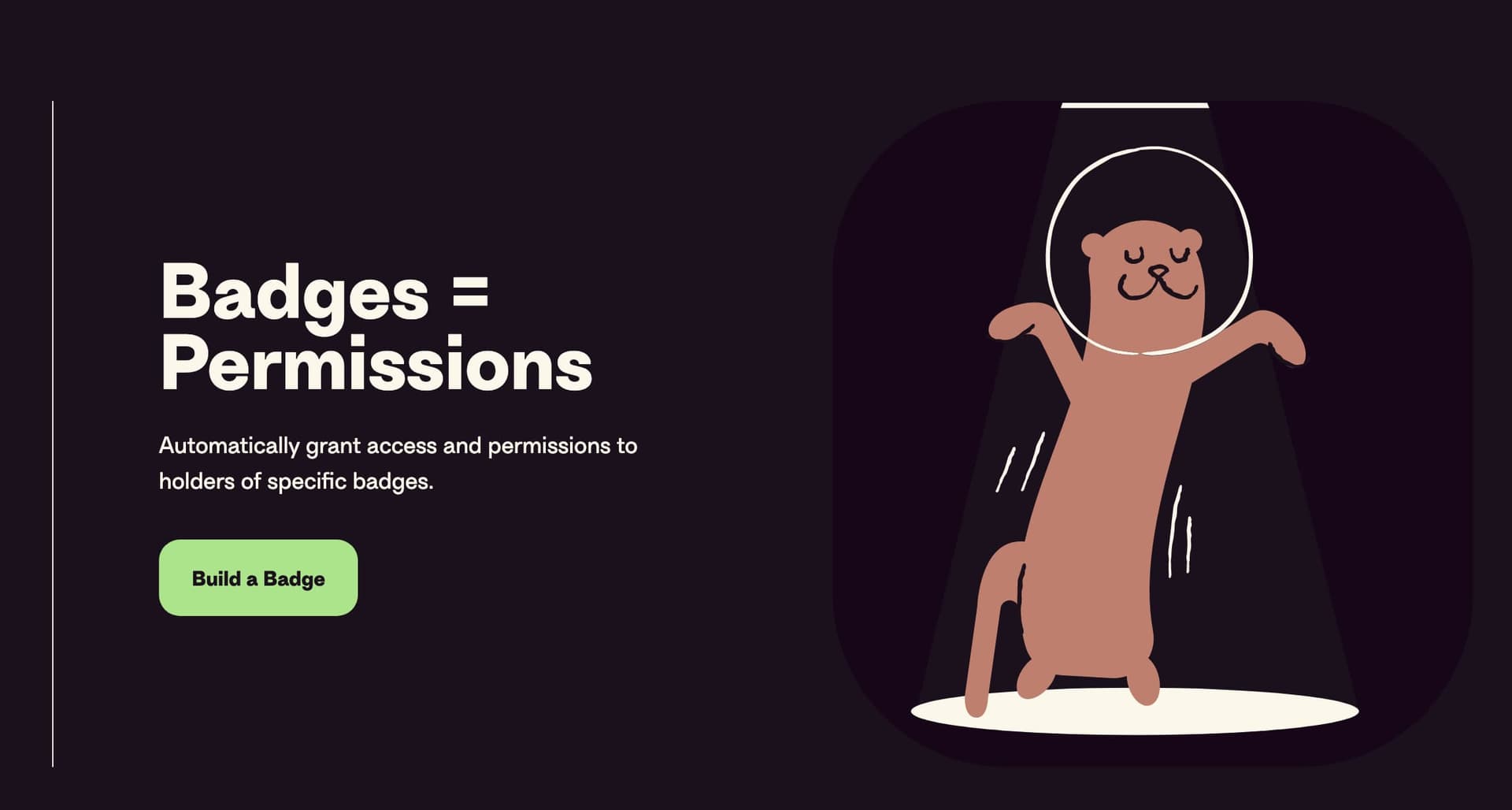
Verifiable Membership & Identity: Governance NFT badges serve as unique digital IDs, ensuring each DAO member is authenticated and preventing duplicate or fraudulent participation. This strengthens trust and secures voting processes.
-
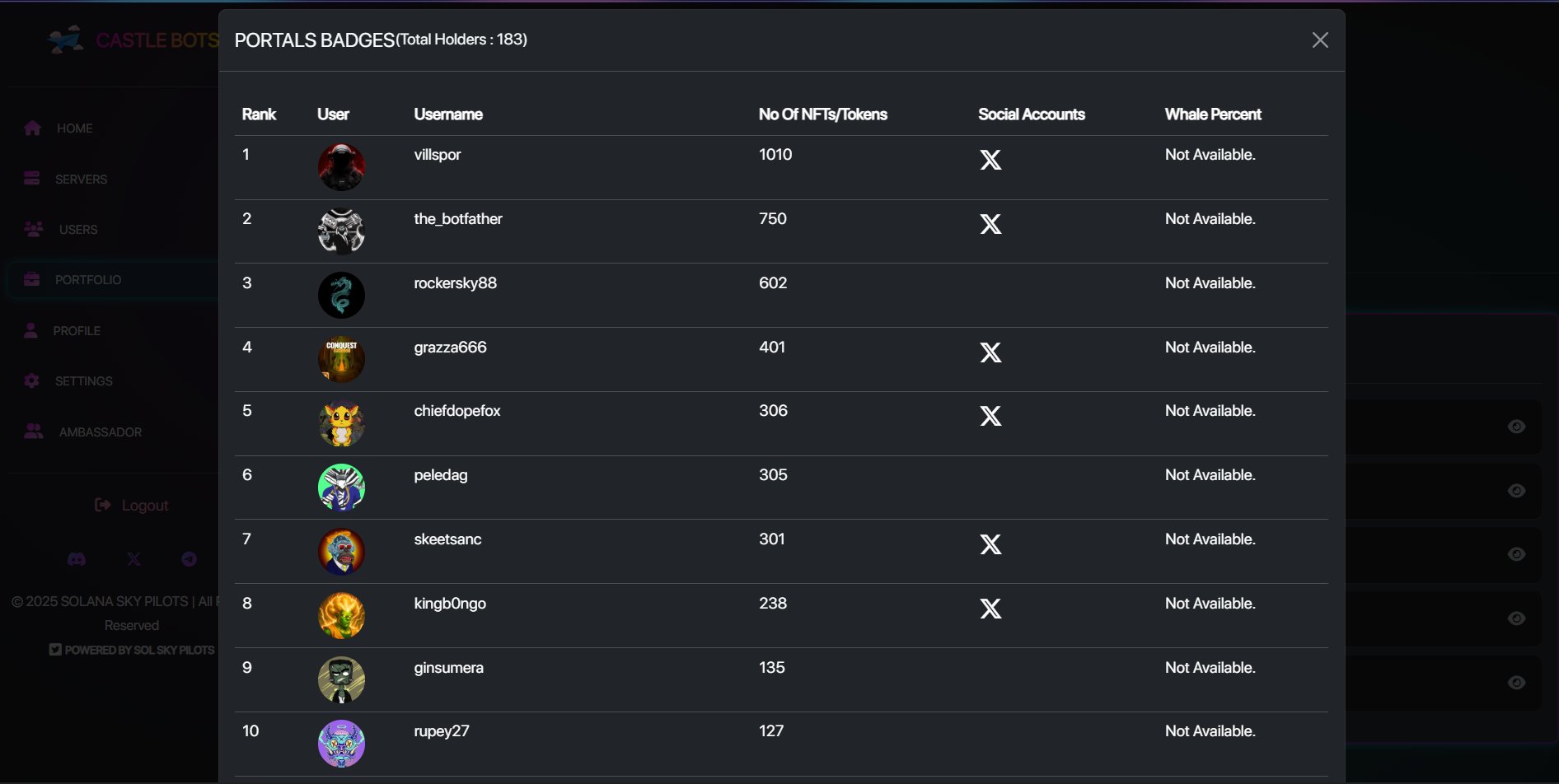
Tiered Access & Dynamic Roles: DAOs issue role-specific NFT badges (e.g., Contributor, Moderator) that dynamically assign permissions and responsibilities. This automates access control and recognizes varying levels of engagement.
-
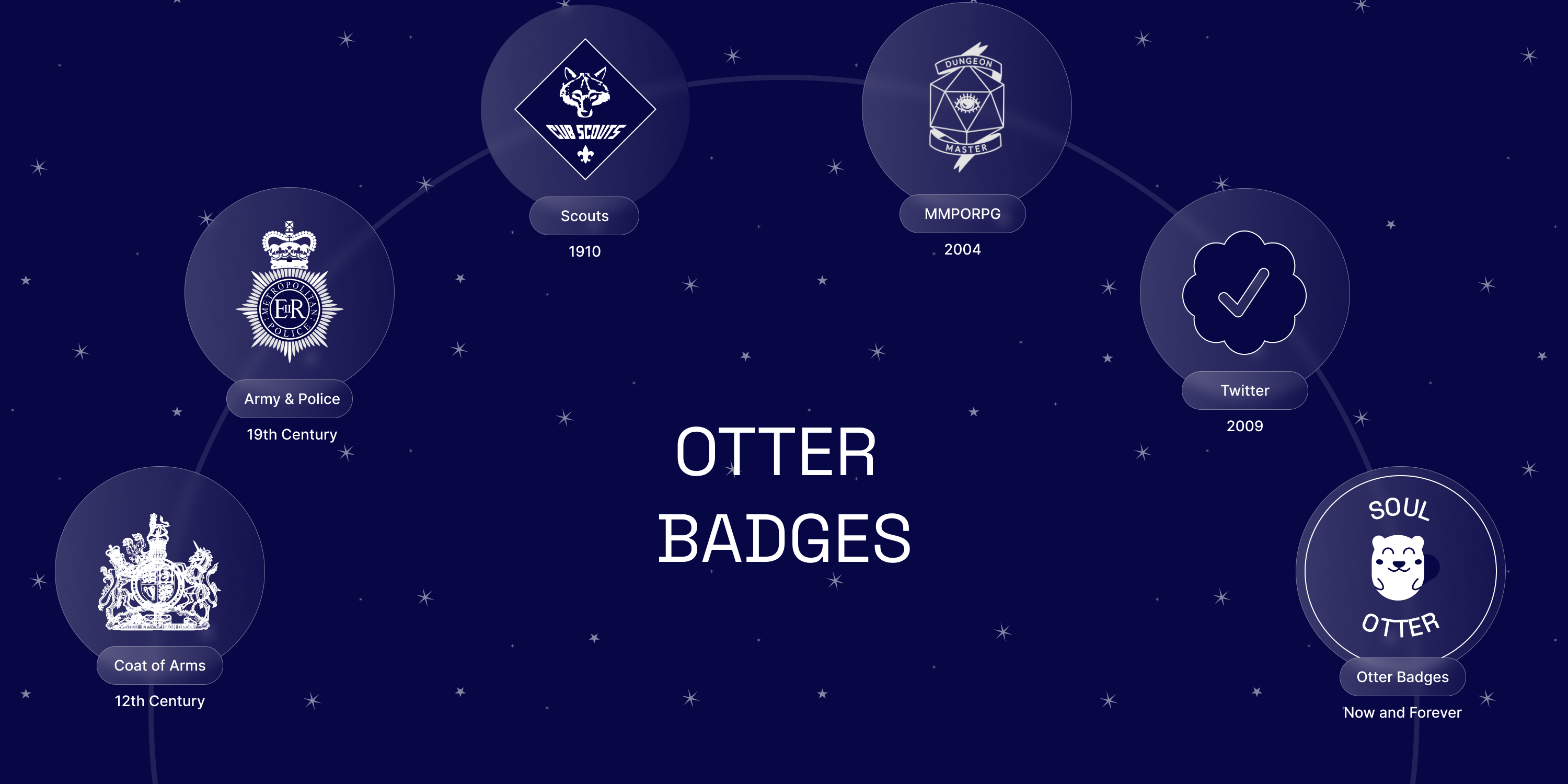
Proof-of-Participation & Reputation: Members earn badges for actions like attending meetings or submitting proposals, creating an immutable on-chain record of contributions. This transparent system builds reputation and motivates ongoing involvement.
-

Transparent Voting Mechanisms: NFT badges integrate with decentralized voting platforms, enabling auditable, fair voting systems such as one-badge-one-vote or weighted voting based on badge tiers.
-

Incentivizing Engagement: Badges are linked to tangible rewards—like token incentives or exclusive access—gamifying participation and driving active community involvement.
-

Fundraising & Capital Generation: Special edition NFT badges are used in crowdfunding campaigns, rewarding early supporters with governance rights and aligning their interests with the DAO’s success.
On-Chain Auditability: Trust Through Transparency
Perhaps the most critical advantage of governance NFT badges is the ability to audit every aspect of DAO participation on-chain. Voting records, proposal submissions, role assignments, all actions tied to a badge are immutably stored on the blockchain. This transparency allows any member or external observer to independently verify outcomes, eliminating ambiguity or disputes over governance integrity.
It’s not just about compliance; it’s about building trust at scale. In an era where off-chain voting systems struggle with legitimacy, and often correlate with smaller treasuries, on-chain credentials like governance NFT badges set a new standard for accountability in decentralized organizations. For further insights into these audit trails, visit our analysis on DAO voting transparency with NFT badges.
Fundraising Synergy: Aligning Capital With Community
Innovative DAOs are leveraging special edition governance NFT badges as part of their fundraising strategies. Early supporters receive unique badges that double as proof of backing and confer ongoing governance rights or perks within the organization. This model not only incentivizes initial capital inflow but also aligns long-term interests between contributors and the DAO’s mission.
The synergy between fundraising and community-building is especially powerful when combined with transparent badge issuance frameworks. Every supporter’s contribution is visible, and rewarded, fueling deeper loyalty and sustained involvement.
The Road Ahead: Adaptive Governance in Web3
As DAOs evolve, so too will the sophistication of their on-chain governance credentials. Expect future iterations of NFT badge systems to integrate cross-DAO reputation networks, privacy-preserving attestations, and AI-powered role assignment protocols, all while maintaining uncompromising transparency.
For DAOs seeking scalable legitimacy in an increasingly complex Web3 landscape, embracing verifiable credentials like governance NFT badges isn’t just an upgrade, it’s foundational infrastructure for adaptive, trustless collaboration. Explore more practical applications at our guide on enhancing member voting with NFT badges.


